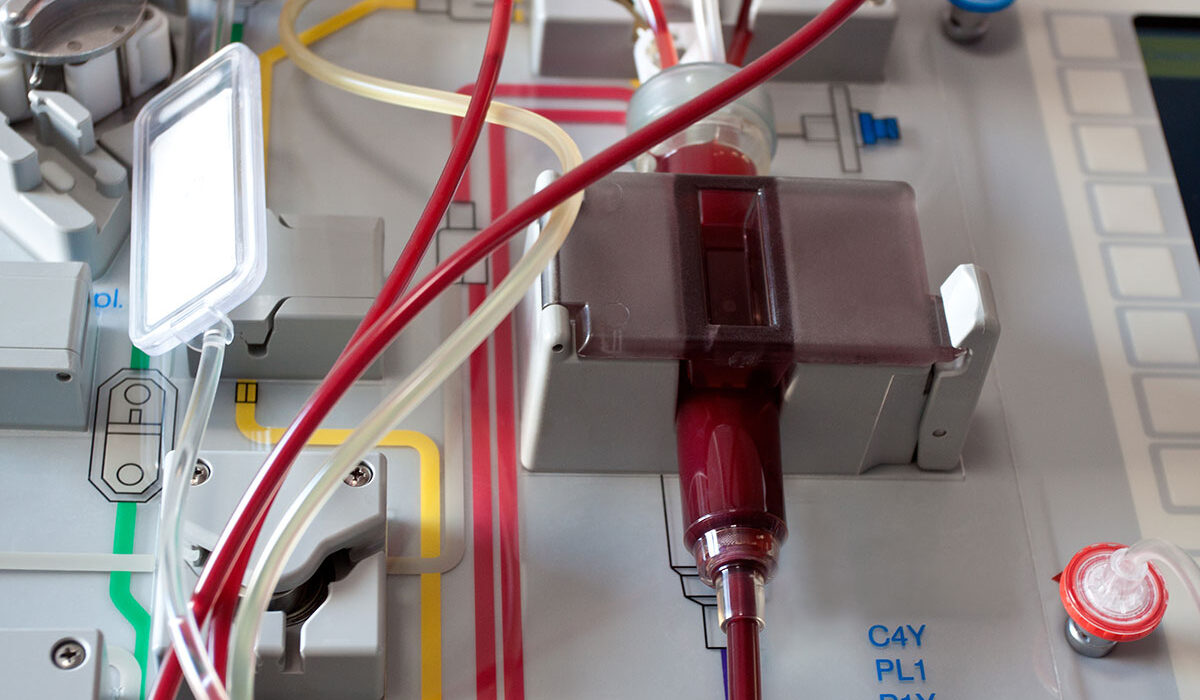2024-12-05 ワシントン大学セントルイス校
<関連情報>
- https://source.washu.edu/2024/12/analyzing-multiple-mammograms-improves-breast-cancer-risk-prediction/
- https://medicine.washu.edu/news/analyzing-multiple-mammograms-improves-breast-cancer-risk-prediction/
- https://ascopubs.org/doi/10.1200/CCI-24-00200
繰り返しマンモグラフィを用いた動的5年乳がんリスクモデルの開発と検証 Development and Validation of Dynamic 5-Year Breast Cancer Risk Model Using Repeated Mammograms
Shu Jiang, PhD, Debbie L. Bennett, MD, Bernard A. Rosner, PhD, Rulla M. Tamimi, ScD, and Graham A. Colditz, MD, DrPH
JCO Clinical Cancer Informatics Published:December 05, 2024
DOI:https://doi.org/10.1200/CCI-24-00200

Abstract
Purpose
Current image-based long-term risk prediction models do not fully use previous screening mammogram images. Dynamic prediction models have not been investigated for use in routine care.
Methods
We analyzed a prospective WashU clinic-based cohort of 10,099 cancer-free women at entry (between November 3, 2008 and February 2012). Follow-up through 2020 identified 478 pathology-confirmed breast cancers (BCs). The cohort included 27% Black women. An external validation cohort (Emory) included 18,360 women screened from 2013, followed through 2020. This included 42% Black women and 332 pathology-confirmed BC excluding those diagnosed within 6 months of screening. We trained a dynamic model using repeated screening mammograms at WashU to predict 5-year risk. This opportunistic screening service presented a range of mammogram images for each woman. We applied the model to the external validation data to evaluate discrimination performance (AUC) and calibrated to US SEER.
Results
Using 3 years of previous mammogram images available at the current screening visit, we obtained a 5-year AUC of 0.80 (95% CI, 0.78 to 0.83) in the external validation. This represents a significant improvement over the current visit mammogram AUC 0.74 (95% CI, 0.71 to 0.77; P < .01) in the same women. When calibrated, a risk ratio of 21.1 was observed comparing high (>4%) to very low (<0.3%) 5-year risk. The dynamic model classified 16% of the cohort as high risk among whom 61% of all BCs were diagnosed. The dynamic model performed comparably in Black and White women.
Conclusion
Adding previous screening mammogram images improves 5-year BC risk prediction beyond static models. It can identify women at high risk who might benefit from supplemental screening or risk-reduction strategies.


